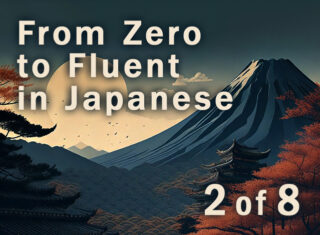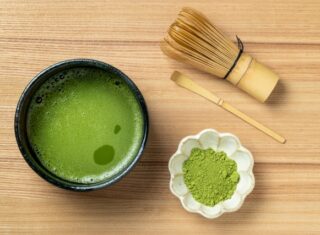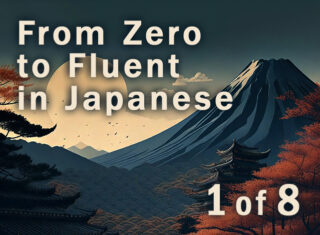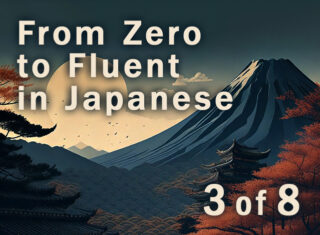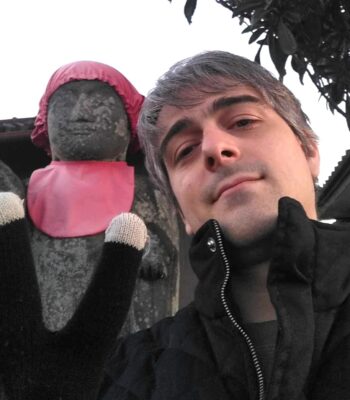- Learning Japanese
- From Zero to Fluent in Japanese
The Depth of Japanese Manga and Its Storytelling — Introducing 4 Carefully Selected Manga with Exceptional Storytelling
2025.05.20
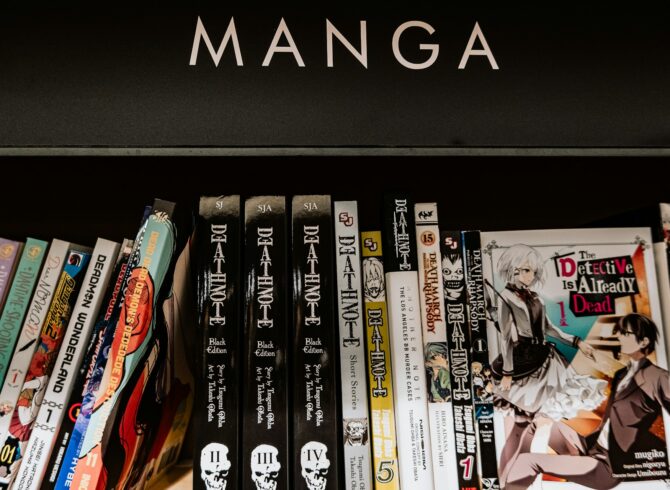
Many people have probably thought,
“I’ve heard that Japanese manga has deep, powerful stories—I want to know more about what makes them so special!”
Japanese manga has many appealing qualities—from its ability to move readers through thoughtful storytelling, to the way it offers stories that can be enjoyed by people of all ages, from children to adults.
In this article, we’ll take a closer look at the unique charm of Japanese manga, the creative process behind it, and introduce four standout manga titles known for their deep storytelling.
We’ll also touch on the history of Japanese manga, and the differences between Japanese and American comics, so we hope you enjoy exploring this fascinating world.
The History of Japanese Manga
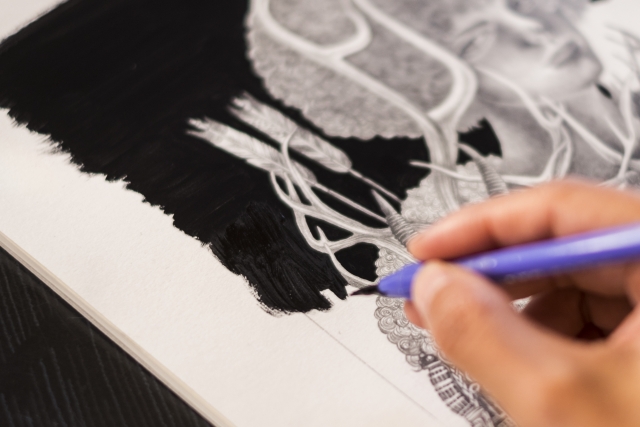
The history of Japanese manga is long, said to trace back to the 12th century, when stories were expressed through illustrations.
The oldest manga is believed to be the four-volume picture scroll “Chōjū-jinbutsu-giga”, created in the 12th century. It depicts anthropomorphized animals playing in water and other such scenes.
These scrolls are characterized by their satirical portrayals of the society and culture of the time, and possess a unique humor that closely resembles today’s manga.
During the Edo period, illustrated books known as “kusazōshi”, and satirical “giga” prints in the style of ukiyo-e were produced in large numbers and enjoyed by the general public as popular entertainment.
Particularly noteworthy is Katsushika Hokusai, a master of ukiyo-e, who published an illustrated book titled “Hokusai Manga”, combining the characters for “man” (漫, meaning “whimsical”) and “ga” (画, meaning “drawing”). His work had a major influence on modern manga.
Then, in the Shōwa era, manga artists such as Osamu Tezuka and Shigeru Mizuki emerged, leading to the rapid development of Japanese manga and paving the way for today’s widely beloved manga culture.
The Appeal of Japanese Manga

The appeal of Japanese manga lies primarily in the following four aspects:
- Enjoyable for a wide range of ages
- A wide variety of genres
- Distinctive panel layouts and delicate artwork
- Intricately crafted storytelling
In the following sections, we’ll take a closer look at these four elements that define the charm of Japanese manga.
Enjoyable for a Wide Range of Ages
One of the major appeals of Japanese manga is that it can be enjoyed by people of all ages, from children to adults.
In Japan, there are various categories such as “for children,” “for boys,” “for girls,” “for young men,” and “for women,” allowing everyone to find stories suited to them.
Some manga even feature stories that can be enjoyed by two generations—parents and children together. When a manga becomes especially popular, a single title may become beloved across a wide range of age groups.
A Wide Variety of Genres
Another charm of Japanese manga is the diverse range of genres available.
Genres include action, science fiction, sports, comedy, fantasy, human drama, romance, horror, gourmet, mystery, and many more.
Even within a single category like fantasy, there are more specialized subgenres such as dark fantasy, sci-fi fantasy, and battle fantasy, making it easy for anyone to find a story that suits their tastes.
Distinctive Panel Layouts and Delicate Artwork
Japanese manga is known for its distinct panel layouts and delicate illustrations, giving many works the beauty of artistic creations.
“Panel layout” refers to the arrangement of illustrations divided by borders. These are carefully planned to guide the reader’s eye and sometimes span the entire page to create dramatic effect.
The art style is also highly detailed, making the characters’ clothing, hairstyles, and emotional expressions feel strikingly lifelike—enhancing the overall impact of the manga.
Intricately Crafted Storytelling
Another hallmark of Japanese manga is its meticulously developed storytelling.
Even in works that at first seem like they’re just “simple fun,” you’ll often find that the story has been carefully calculated from beginning to end—leading many readers to revisit the story again and again.
In addition to the narrative depth, subtle psychological portrayals are often included, making it easy for readers to empathize with the characters and feel emotionally moved.
Many manga may leave you inspired by characters who persevere through adversity, or encourage you to reflect on complex themes like “What is justice?” and “What is evil?” The storytelling in Japanese manga is profoundly deep.
★Also try reading:
Deepen Your Understanding of Japanese Culture and Traditions! A Detailed Guide to 12 Iconic Traditions
Differences Between American and Japanese Comics
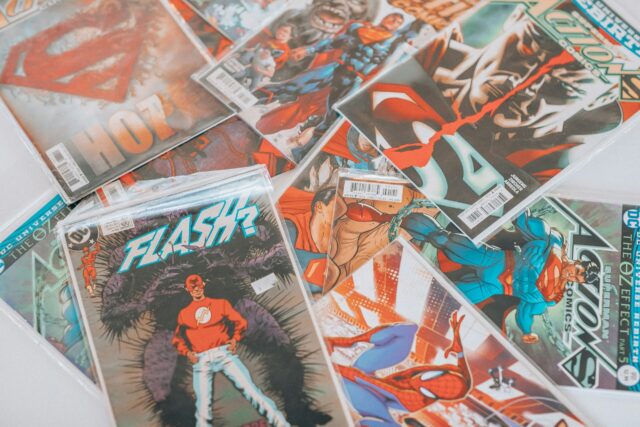
There are several differences between American comics and Japanese manga, as outlined below:
|
American Comics |
Japanese Manga |
|
Often feature hero-centric stories |
Encompass a wide variety of genres |
|
Created by teams of around five people |
Typically created by a single individual |
|
Left-bound, read from top left to bottom right |
Right-bound, read from top right to bottom left |
|
Full color throughout all pages |
Primarily black-and-white, except the cover |
As shown above, there are many differences between American and Japanese comics—from the production methods to the storytelling approaches.
The Process of Creating Japanese Manga

The process of creating Japanese manga generally follows the steps below:
- Plot
- Name (Storyboard)
- Rough Sketch
- Inking
- Beta & White (Black fills and corrections)
- Tone Application
Japanese manga typically begins with the creation of a plot, where characters and the overall story are developed. From there, the artist creates a name, which is a rough storyboard that outlines the general flow and panel layout of the manga.
Next comes the rough sketch, where the actual drawing process begins based on the name. This is followed by inking, which involves finalizing the lines, and then beta & white, which refers to filling in black areas and making necessary corrections.
Finally, tones (screentone patterns) are applied to express shading and texture. Once this step is complete and everything is checked, the manga is finished.
Four Japanese Manga with Profound Storytelling

Here are four Japanese manga titles known for their deep and intricate storytelling:
- Astro Boy (鉄腕アトム)
- Kounodori: Dr. Stork (コウノドリ)
- Silver Spoon (銀の匙 Silver Spoon)
- A Silent Voice (聲の形)
Let’s take a look at each of these works in more detail below.
Astro Boy (鉄腕アトム)
Astro Boy is one of Japan’s most iconic masterpieces, created by the legendary manga artist Osamu Tezuka, often called the “God of Manga.” Set in a futuristic 21st-century society where advanced technology enables humans and robots to coexist, a robot boy named Atom is born with a heart just like a human’s.
Atom possesses overwhelming strength and a strong sense of justice, and he faces various incidents and challenges. But he is not merely a “hero who defeats evil.” At the core of the story are profound themes that still resonate today: coexistence between humans and robots, the nature of the heart, the value of life, and the problems of discrimination and prejudice.
Atom himself experiences unjust treatment simply because he is not human. And precisely because he has a heart, he also suffers and worries like a human. Through his journey, readers are prompted to consider questions like:
“If machines have hearts, how are they different from humans?”
“What does it truly mean to be human?”
Furthermore, through Astro Boy, Tezuka tackled forward-thinking themes such as war, environmental destruction, and the runaway potential of science—messages that remain just as powerful and relevant today, continuing to inspire and awaken readers around the world.
Kounodori: Dr. Stork (コウノドリ)
Kounodori is a medical manga centered around childbirth, with the story following obstetrician Sakura Kounotori as he supports expectant mothers and their families through the process of bringing new life into the world. While Sakura is a calm and highly skilled doctor, he also leads a double life as a pianist, facing the theme of life through both medicine and music.
The story doesn’t only portray smooth, uncomplicated deliveries—it also covers difficult and realistic situations such as miscarriages, stillbirths, premature births, patients who received no prenatal care, and the birth of children with disabilities. These portrayals urge readers to deeply reflect on the weight of life and the meaning of family.
Sakura and his colleagues are at times forced to make harsh medical decisions, and their struggles and inner conflicts are depicted with great care. The story highlights both the dedication of medical professionals and the emotions of the families they support—resonating strongly with readers’ hearts.
Set in an obstetrics ward where life and death stand side by side, this manga delivers an unflinching yet deeply moving depiction of the miracle of birth and the reality surrounding it, making it a profound human drama.
Silver Spoon (銀の匙 Silver Spoon)
Silver Spoon is a coming-of-age story about the protagonist, Yugo Hachiken, who, worn out from life at a prestigious academic school, enrolls in an agricultural high school in Hokkaido. There, through the friends he meets and the experiences he has, he gradually begins to confront the realities of farming.
From rectal examinations on cows, to early morning milking, to the grueling labor across vast fields, and even raising piglets to eventually send them off for slaughter—for city-raised Hachiken, every experience is a shock. Yet, supported by his classmates, he slowly begins to come to terms with the meaning behind the act of nurturing life in order to eat.
Amid the laughter and tears of school life, the story goes beyond agricultural training or knowledge. It delves into fundamental human questions such as,
“What does it mean to eat?”
“What is life?”
By facing these questions, Hachiken himself gradually matures.
Through the lens of agriculture, this heartwarming story invites readers to reflect on the preciousness of life, the meaning of work, and what path they want to take in life.
A Silent Voice (聲の形)
A Silent Voice is a deeply moving human drama centered around Shoko Nishimiya, a girl with a hearing impairment, and Shoya Ishida, the boy who once bullied her. The story explores themes of bullying, guilt, forgiveness, and the rebuilding of human connection.
The narrative begins with Shoya, who had bullied Shoko during elementary school, encountering her again as a high school student. From there, he attempts to face the mistakes of his past. Through the presence of the invisible barrier created by hearing loss, the manga delicately portrays the challenges of true mutual understanding between people and the emotions that cannot always be conveyed through words.
Each character in the story bears emotional scars and inner struggles, and their awkward, fragile relationships reflect aspects of ourselves or those close to us. As you read, you're continually moved by the questions it raises:
“What does it really mean to understand someone’s feelings?”
“How should we face the wrongs of our past?”
This work gently yet powerfully portrays the vulnerability and kindness of people, as well as the hope of redemption—leaving readers with a lasting emotional resonance.
★Also try reading:
Best Way to Learn Japanese in 2025
The Depth of Japanese Manga and Its Storytelling – Conclusion

With its long history, broad range of genres, and rich storytelling, Japanese manga has something truly special to offer. If you’ve never tried it before, we encourage you to pick up a title that interests you and dive in.
If you’re thinking,
“I love Japanese manga and want to be able to read it in the original language!”
why not consider learning practical Japanese through Oku Sensei’s Japanese online lessons?
At Oku Sensei’s Japanese, you’ll not only gain confidence in reading, writing, and speaking Japanese, but also deepen your understanding of the cultural background that makes the language so powerful and expressive.
Right now, you can also sign up for a free 30-minute consultation, so be sure to check it out!


